While many architects look to concrete as a cheap building material, Guilhem Eustache chose natural materials used by local Berbers for hundreds of years. Looks good, don’t you think?
Morocco is a magical country full of exotic scents, argan oil, eco-Kasbahs, and challenging mountain trails, but capturing this essence in a building is no easy feat. Foster + Partners comes close with this gorgeous bank, but Guilhem Eustache has taken a more minimalist and traditional approach. Commissioned by a Belgian film producer to design a sustainable home on a massive plot just south of Marrakech, Eustache responded with simplicity, geometry, and locally-sourced natural materials that together ward off the hot summer sun.
While many architects are looking to concrete for a cheap building material that provides good thermal massing, Eustache chose more sustainable materials commonly used in traditional Moroccan architecture. And why wouldn’t he? For hundreds of years local Berber people have relied on clay and tadelakt to keep them cool in the summer and warm in winter without creating undue environmental destruction.
Not only is this home sustainable, but it truly embodies everything that is so mysterious about the Arab world’s super star country (which unfortunately also has a dark side). The geometric cutouts not only allow natural lighting to penetrate the home, but also create interesting sight lines and shadow play that evoke images of the country’s ubiquitous market alleyways. The use of double walls helps to deflect excess solar gain.
Relative to its rather stark 2.5 hectare plot within viewing distance of the Atlas mountains, The Fobe House is quite small at 172 square feet. To offset this so that the house isn’t swallowed up by the surrounding land, Eustache scattered and framed the private residence, guard house, garage, and pool house on a central piece of the property, while the owners planted 23 olive trees, 10 palm trees, 450 eucalyptus trees, 200 mimosas, and 20 fruit trees. These not only populate the land, but also promote sustainable agriculture and create a carbon sink.
While many countries in the MENA region continue to struggle beneath the weight of dictators and military crackdowns, including a fresh wave in Egypt that has left nearly 2,000 people injured, Morocco is a shining beacon of green hope. Not only are green building and eco-tourism developments becoming more prevalent, but the country has also unveiled plans to develop a 500MW solar plant as part of the sterling Desertec initiative. Morocco’s mixture between old-world romanticism and new-world progress make this one of our favorite countries to visit.
:: Yatzer



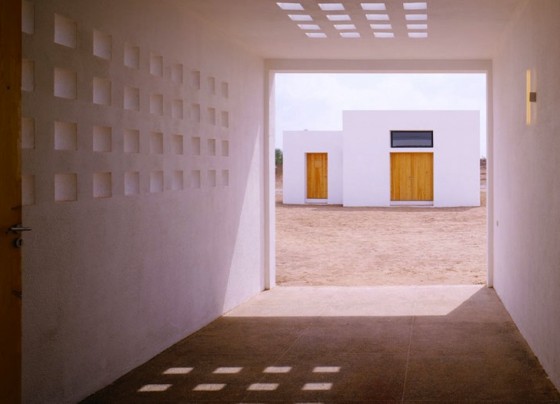
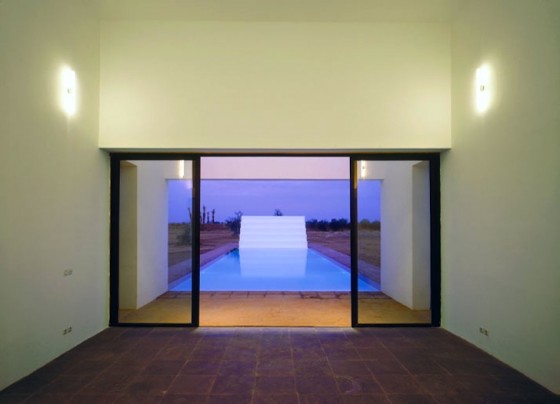
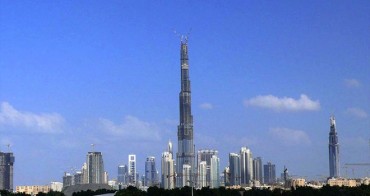
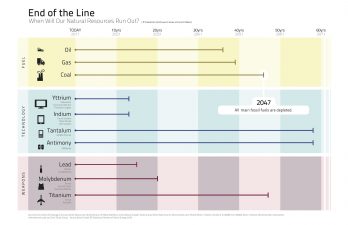
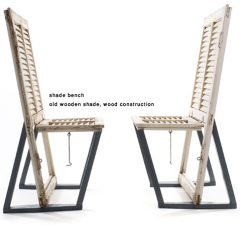
I have been an apostle of vernacular revival in contemporary form in my locality in Nigeria; but it does not make so much sense to many people. With this, I believe the watch word is PERSEVERANCE, and this will eventually be accepted also. Great work you have there!
This really makes me feel sorry for us here in the middle east! With the right understanding of energy consumption and sustainability; We can build beautiful timeless buildings.. Using local materials, Reducing costs and getting rid of those ugly concrete blocks that are covering the character and soul our traditional buildings have is possible and fairly easy, too!
I agree Huda. With a little bit of effort we can do amazing things. But I must say that slowly, ever so slowly, a new ethos is beginning to emerge. Through my work I meet so many talented youngsters in North Africa in the Middle East who have seen the proverbial light and are working towards a more sustainable approach. It may be too late, but at least there is some awareness, ja?
Vince, I’m right there with you! Although, I think that it’s possible to build using natural materials for a fraction of the cost that the big money makers spend…
I wish I could buy a house like this! Maybe one day I will be able to afford it!